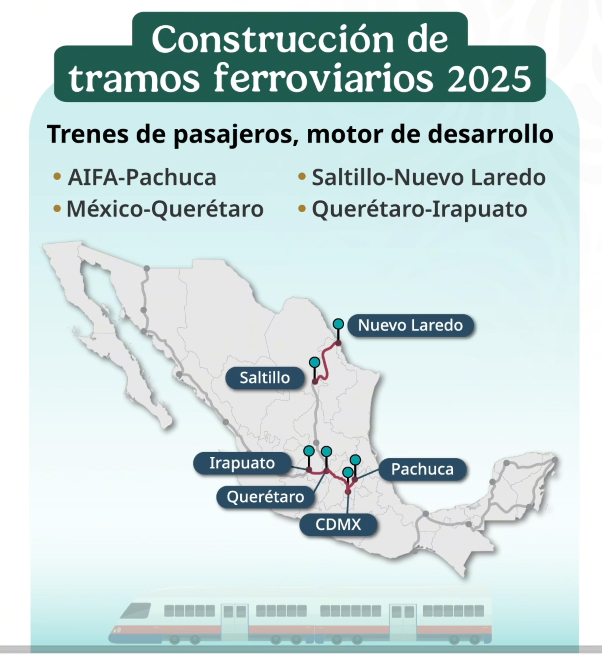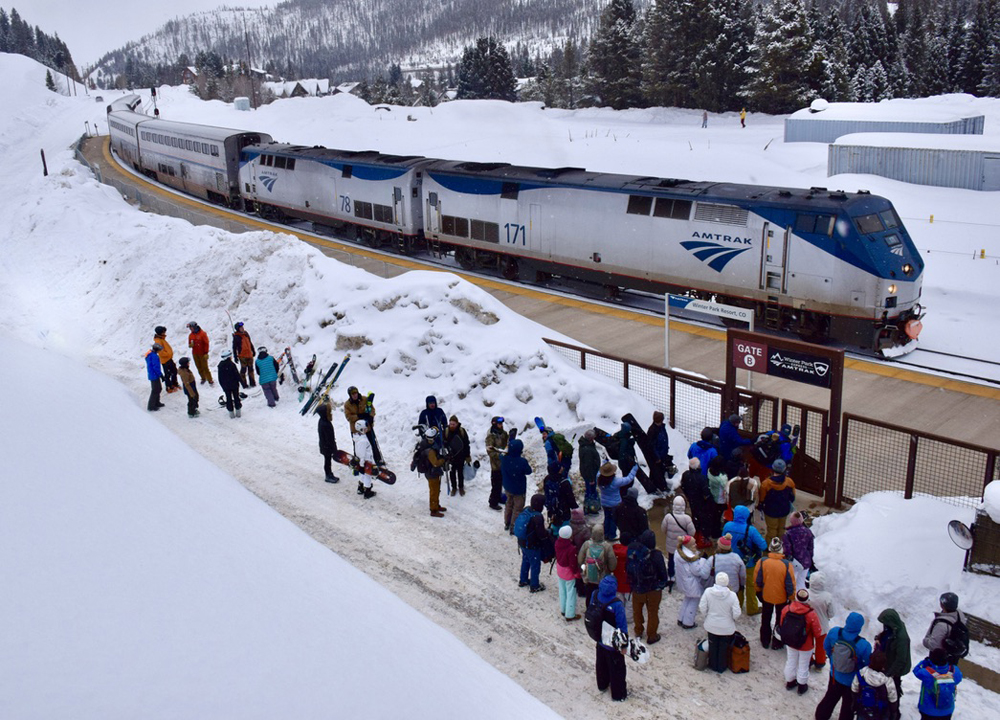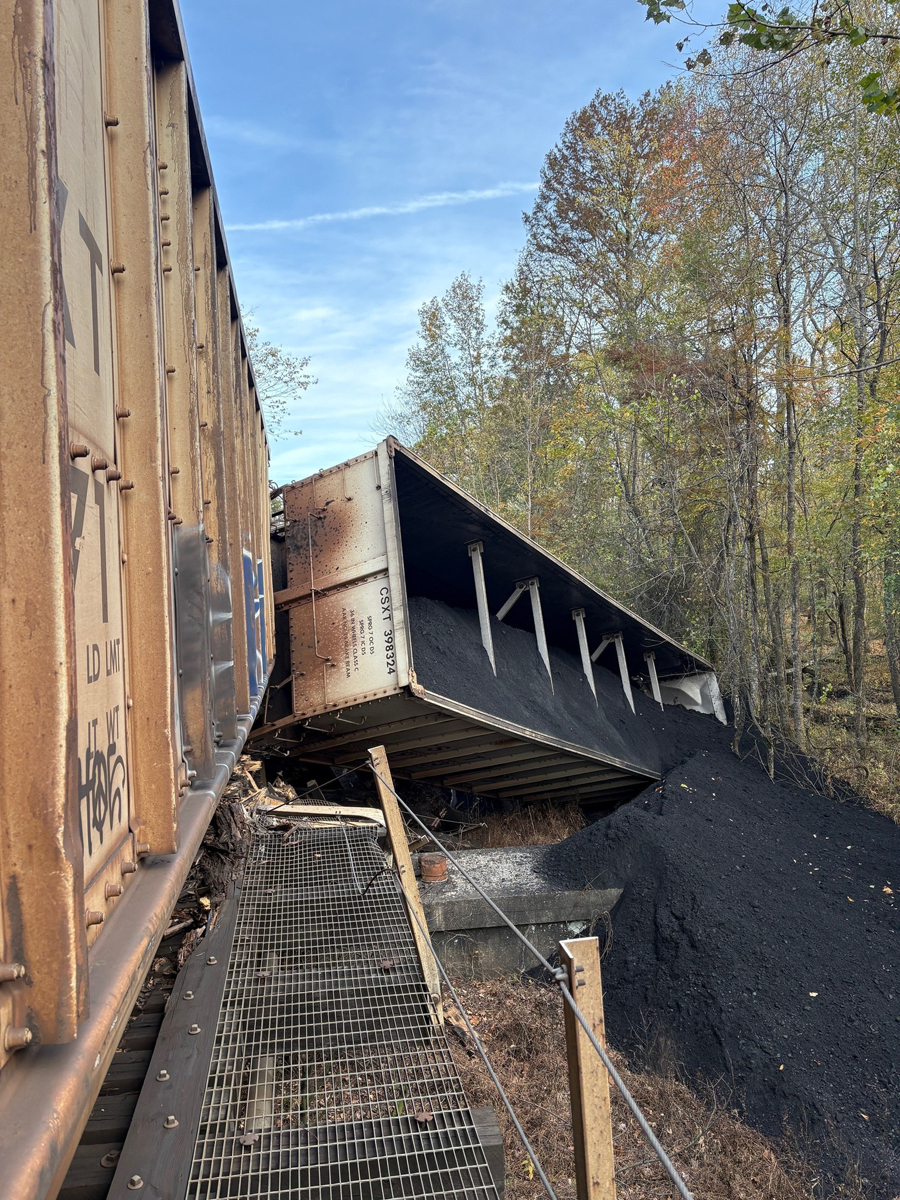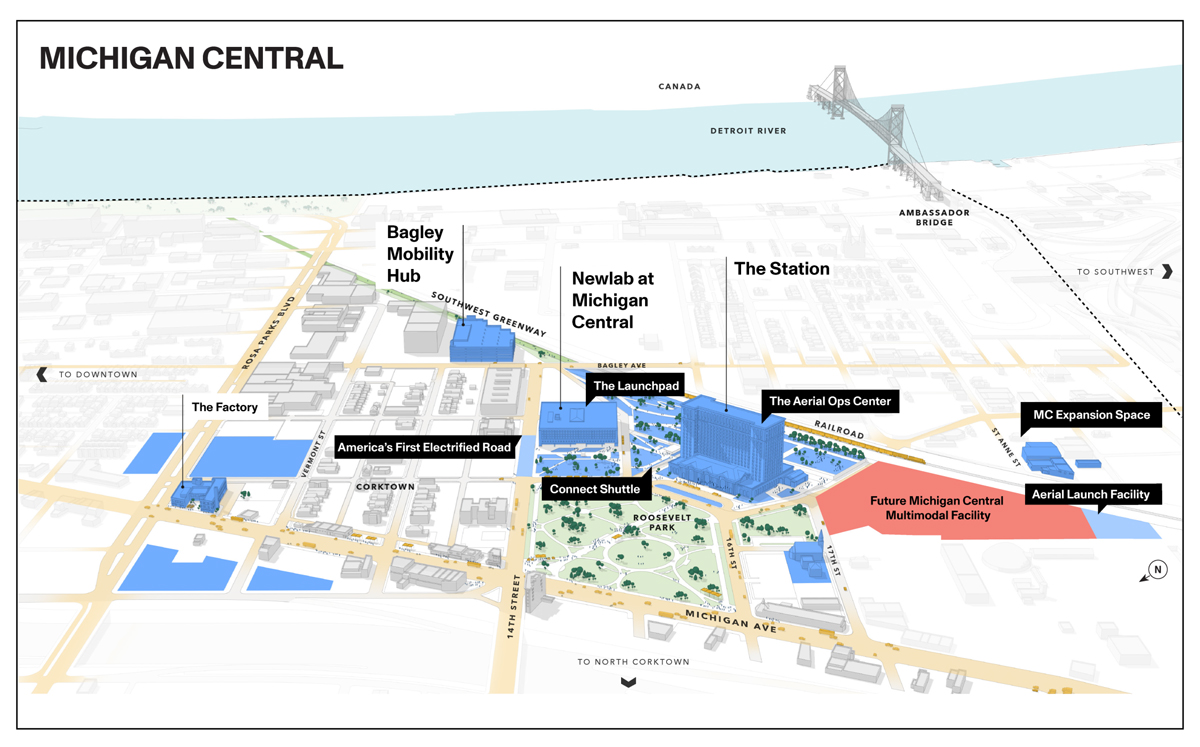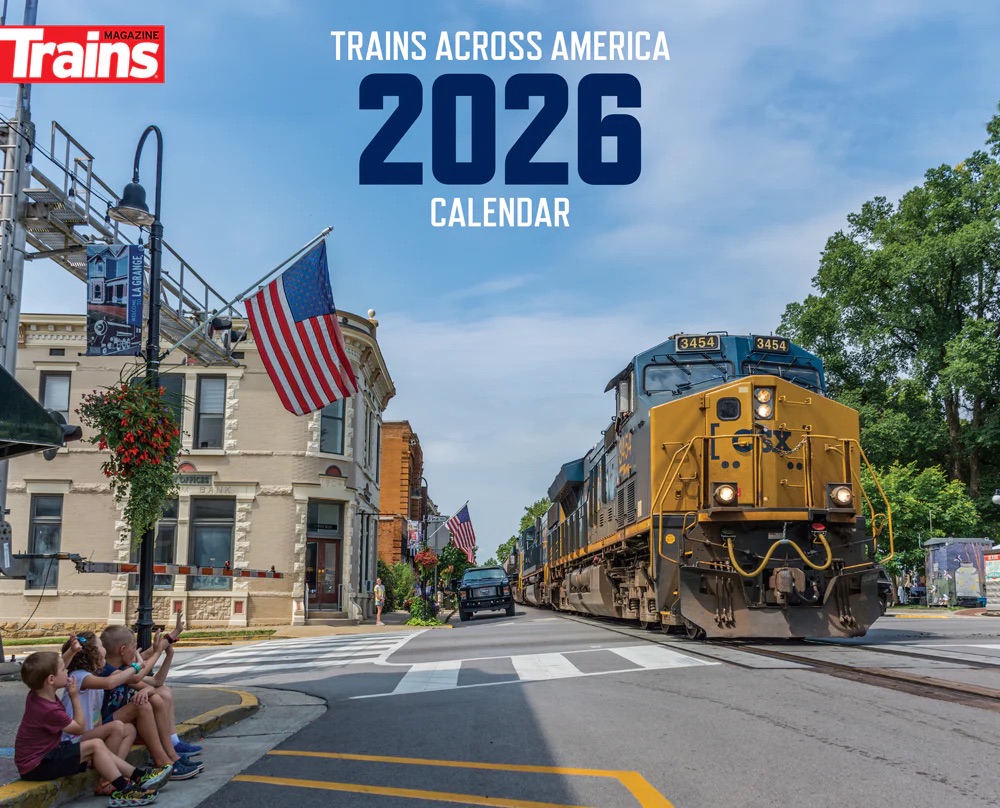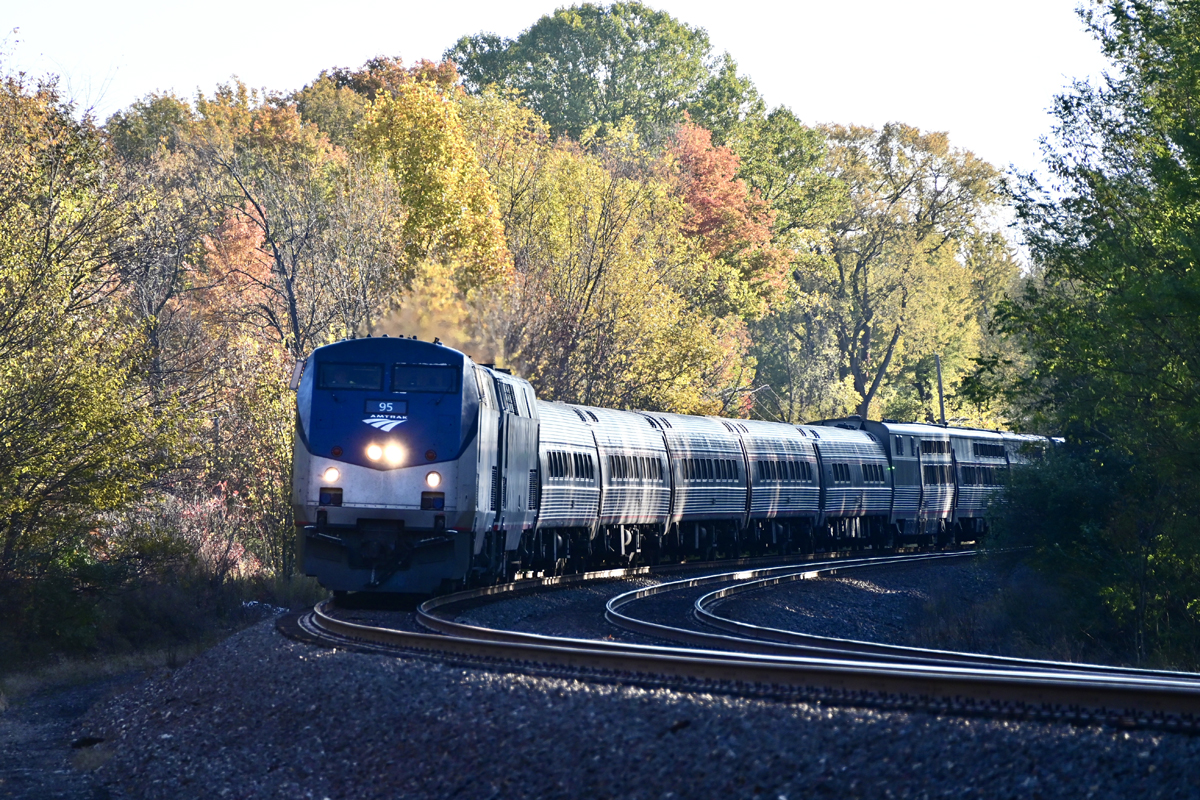
WASHINGTON — Amtrak ridership grew 5% in the fiscal year ending Sept. 30, 2025, and revenue surged 11%, as robust Northeast Regional gains offset fewer Acela frequencies on the Northeast Corridor. The railroad carried more than 32 million passengers, while ticket revenue was $2.764 billion.
The results from the company’s monthly performance reports for 2025 are now posted on the Amtrak website. Compared with fiscal 2024, they show ticket revenue growing more than ridership in each category of service — Northeast Corridor, Long Distance, and State-Supported. This confirms what ticket buyers have experienced all year: fares are raised exponentially as coach seats and sleeping car space fill up. The higher fares allow the company to cash in on last-minute customers. [See “Amtrak has seats, rooms at higher prices …,” Trains.com, Nov. 7, 2025].
This strategy was recently criticized by New York Gov. Kathy Hochul, who secured a $99 price cap on fares between New York City and Albany-Rensselaer as part of an agreement to expand that route’s service [see “Amtrak, Metro-North to provide …,” Trains.com, Oct. 21, 2025].
It also indicates that strong demand could have fueled bigger gains if Amtrak had not been forced to withdraw the Horizon coach fleet from service for safety issues in March, or if management had been more proactive in returning sidelined Viewliner sleepers and Superliners to active duty.
Gains across the board

The table above shows “Ticket Revenue” rather than “Operating Revenue” to better portray an apples-to-apples appraisal, since the latter number contains more than $300 million of state payments to Amtrak. These vary by route.
Trains.com has also made no attempt to analyze “operating expenses” or “adjusted operating earnings.” This is because Amtrak’s opaque cost allocation process treats Northeast Corridor trains’ infrastructure allocated costs differently than those of state-supported and long-distance trains that largely operate over host railroads. State payments also depend on the type of equipment they lease from Amtrak and other factors.
Nevertheless, comparing years under the same methodology does show that on the strength of $85 million of Northeast Corridor gains and $34.5 million of net earnings improvement in the other two categories, Amtrak calculates a reduction in its annual operating loss from $705 million to $598 million.
The table does reveal some interesting details:
— The drop in Acela frequencies because of the increasing reliability issues with legacy equipment negatively impacted ridership, but revenue per passenger-mile (one passenger carried one mile) still increased.
— Northeast Regional patronage clearly benefited from more round trips and pricing flexibility, offering lower fares on off-peak trains than the fixed-consist Acelas.
— Long-distance frequencies dropped principally because the Floridian replaced the Capitol Limited and Silver Star, although the split between passenger-miles and ridership widened, an indication that more customers were taking longer trips. Note also how Amtrak’s inter-regional trains’ passenger miles are more than 85% of the Northeast Corridor total.
— Regional state-supported service showed no overall frequency growth because of trackwork cancellations and round-trip reductions in California, Michigan, and Maine’s Downeaster, but the other metrics improved.
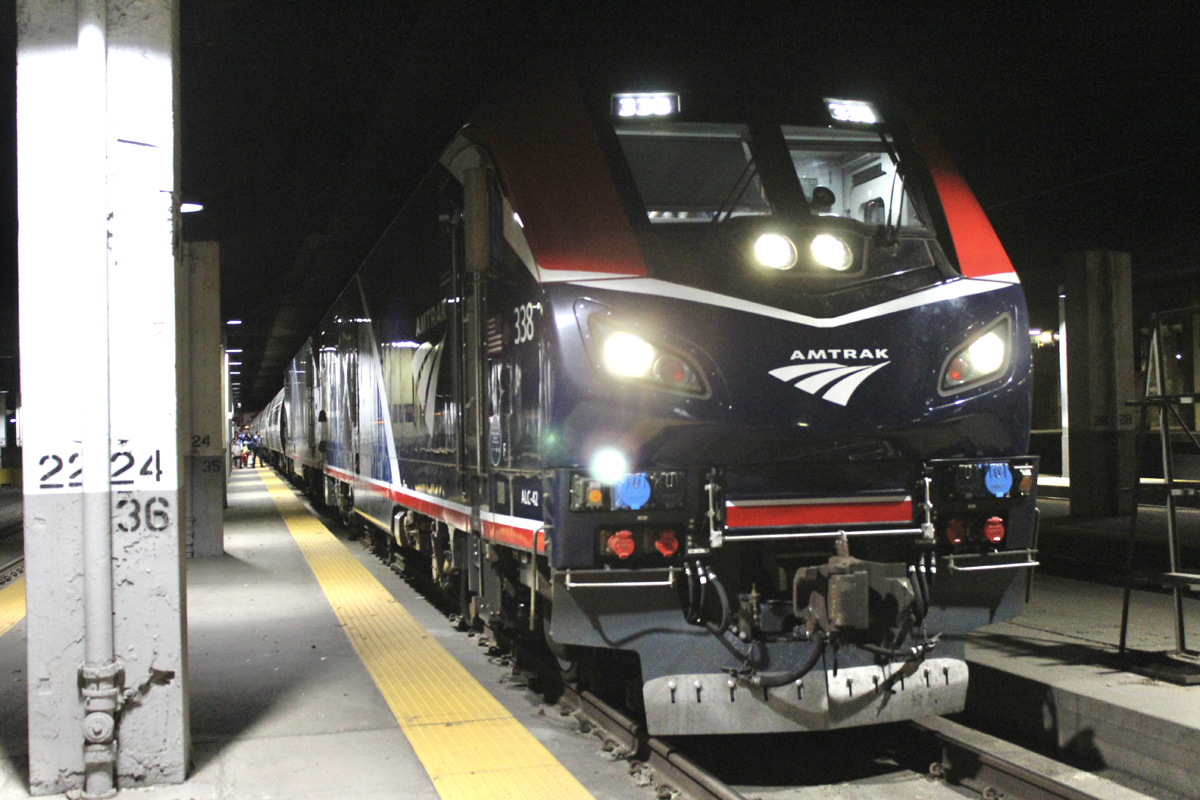
Digging deeper

A closer look at the numbers yields additional conclusions.
Florida shuffle
The Floridian, which combined the Capitol Limited and the Washington-Miami portion of the Silver Star on Nov. 10, 2024, has suffered significant timekeeping challenges. The latest example: Wednesday’s Miami departure left Washington 15 hours late on Friday morning, Nov. 14, after the train hit a dump truck in West Palm Beach. That said, combined passenger-miles and revenue of the new arrangement showed substantial gains, indicating longer trips. One of the reasons is increased coach capacity with single-level equipment on the Capitol Limited segment and strengthening of the Meteor’s metrics. It wasn’t necessarily Northeast-Florida market demand, because Auto Train patronage remained flat.
Positive and negative impact
Additional capacity — or lack thereof — played a major role in gains or losses for other long-distance trains.
— The Texas Eagle and California Zephyr benefitted from additional sleeping cars and coaches, racking up huge revenue and passenger-mile gains. [See “Texas Eagle lounge car set to return …,” Trains.com, Feb. 25, 2025]. The return of the Eagle’s Sightseer lounge also significantly improved the train’s onboard travel experience, perhaps facilitating positive word of mouth.
— The Lake Shore Limited lost a New York section coach, and its Boston section was converted to buses after a sinkhole closed Amtrak’s Post Road Branch east of Albany-Rensselaer. Higher fares clearly boosted revenue here, but the Lake Shore’s entire route seems ripe for another round trip on a daytime schedule west of Buffalo, N.Y., should Amtrak management scrounge enough equipment and make the effort to negotiate slots with CSX and Norfolk Southern.
— The Cardinal remains unnecessarily challenged as a triweekly train with limited capacity. Demand is strong, judging by the disparity between pricing and ridership, but it operates with only two or three coaches, one full Viewliner sleeper plus a baggage-dorm, and no Viewliner diner, even though management keeps enough of this equipment sitting on the sidelines to add to two trainsets. Through its checkered history, the train has done better and it can do so again.
— Empire Builder ridership may have been hobbled slightly by Borealis competition between Chicago and the Twin Cities, as well as lengthy delays and cancellations, but it also operated in peak season with only one Seattle coach. However, the train’s relative passenger-mile strength shows the customer mix shifted to longer-distance travelers.

Big gain versus contraction
— The Borealis-Hiawatha and Empire Service regional corridors are hardly alike, but they do offer an illuminating comparison, especially regarding the relationship between revenue, trip length, and passenger-mile growth. The Chicago-St. Paul, Minn., Borealis debuted in May 2024, so the October 2024-September 2025 numbers reflect year-long gains over the previous year’s four months. Note the jump in passenger-miles compared to ridership, and the impact of longer trips on revenue.
— In contrast, ridership and passenger-mile decreases for the Empire Service reflect the elimination of several Albany-Rensselaer round trips and other service deficiencies, such as combining the Maple Leaf with the Adirondack south of Albany.
Southeast growth
Neither Virginia nor North Carolina added frequencies in fiscal 2025, but the groundwork laid in previous years has aided additional public acceptance, as indicated by ridership gains propelled by local promotional activity and travelers’ willingness to pay more. Though categorized by Amtrak as a long-distance train based on an arbitrary 750-mile designation meant to preserve it without requiring South Carolina support, the single daily New York-Savannah Palmetto round trip generates plenty of passenger miles compared to its multi-frequency short-distance cousins, while being able to extract higher fares.
Attempting to dissect Amtrak’s year-end results provides a complex picture of the company’s disparate operations. The big takeaway is that passenger rail demand remains strong regardless of service, but utilizing assets to deliver more capacity will likely deliver even better outcomes.
— Updated at 9:09 a.m. CT to correct total ridership figure in first paragraph. To report news or errors, contact trainsnewswire@firecrown.com.






